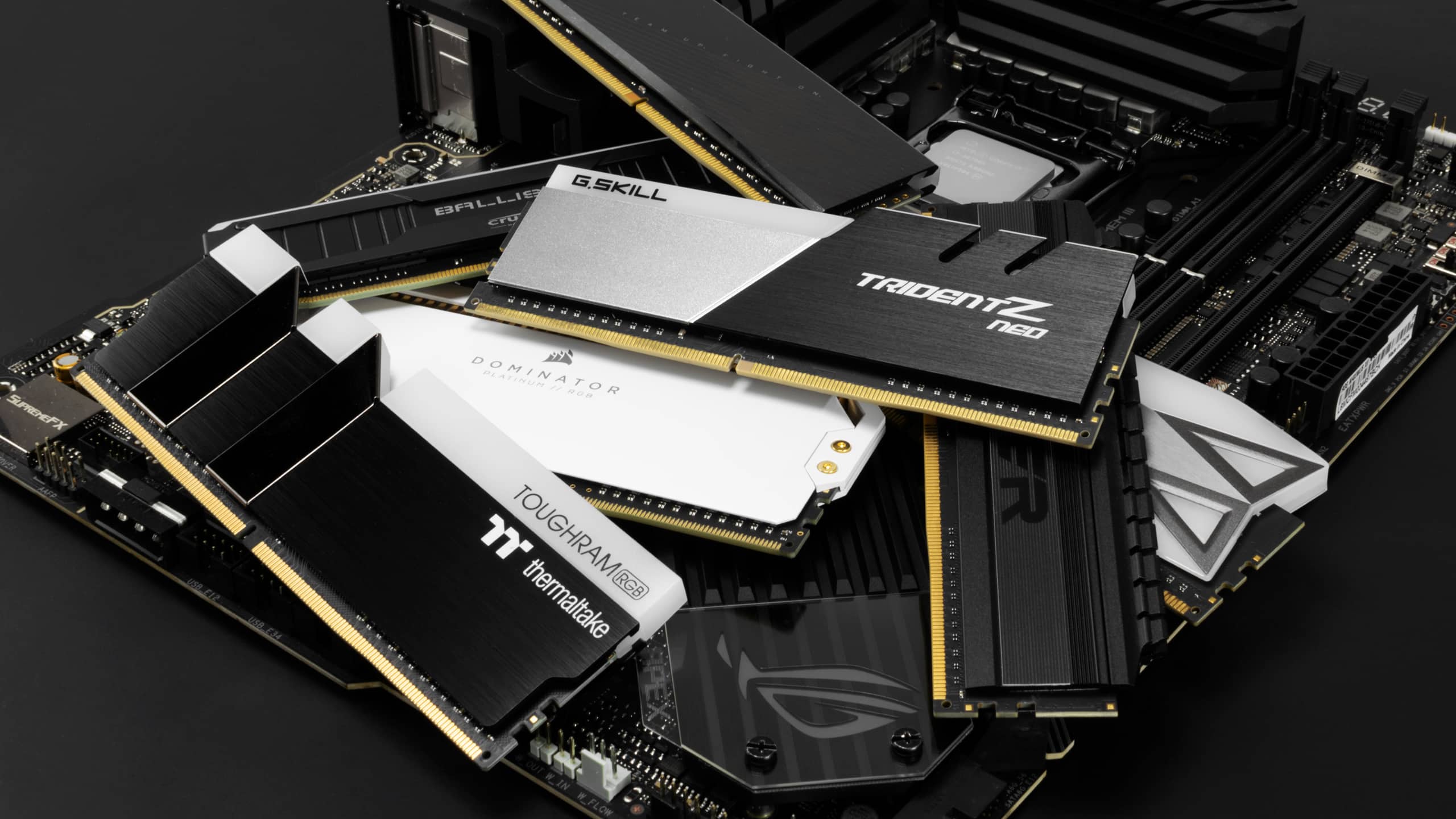Xiaomi is reportedly developing its mobile processor, with mass production expected to start in 2025. This strategic move aims to reduce reliance on established suppliers like Qualcomm and MediaTek, aligning with broader Chinese government initiatives to bolster technological self-reliance.
A Push for Technological Independence
Xiaomi’s decision reflects a growing trend among tech giants to create in-house silicon. By doing so, the Beijing-based company aims to achieve self-sufficiency and seeks to differentiate itself in a competitive Android market dominated by Qualcomm and MediaTek. The upcoming chipset could help Xiaomi stand out and gain a competitive edge by offering optimized performance tailored specifically for its devices.
Challenges in Building a Custom Chip
Developing a reliable mobile SoC (system-on-chip) is notoriously challenging and expensive. Many companies, including industry giants like Intel, Nvidia, and Oppo, have struggled to impact this space significantly. Only Apple and Google have successfully transitioned their devices to in-house silicon across the board. Despite its advanced manufacturing capabilities, even Samsung still heavily relies on Qualcomm chips due to their superior efficiency and mobile connectivity.
Xiaomi’s journey may involve a phased approach. It will initially use its custom chip in select devices while continuing to rely on Qualcomm and MediaTek for flagship models. This dual-strategy approach is similar to Samsung’s, which uses its Exynos chips in certain regions and Qualcomm chips in others.
Broader Implications for the Industry
If successful, Xiaomi’s custom chip could disrupt the mobile processor landscape, challenging Qualcomm and MediaTek’s dominance. It also underscores a shift in the industry, where manufacturers are prioritizing in-house innovation to gain control over hardware and software integration, following Apple’s example.
Moreover, this development highlights the intensifying tech race between China and the US, with Chinese companies under pressure to reduce dependency on American technology. Xiaomi’s move into chipmaking mirrors its investments in other advanced fields, such as electric vehicles, signaling its ambitions to diversify and innovate across industries.
What This Means for Users
For consumers, Xiaomi’s custom chip could mean better-optimized performance, longer battery life, and potentially more affordable devices if the company cuts supply chain costs. However, the real test will be whether Xiaomi can match the efficiency, connectivity, and reliability of existing Snapdragon and Dimensity chipsets.
As 2025 approaches, all eyes will be on Xiaomi to see if it can overcome the challenges of mobile chip design and deliver a product that reshapes the competitive landscape of the smartphone industry.


